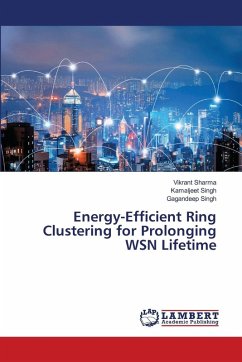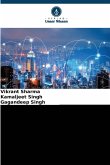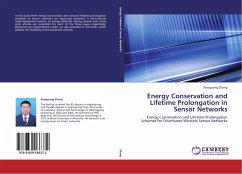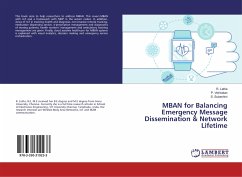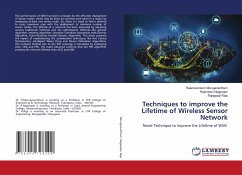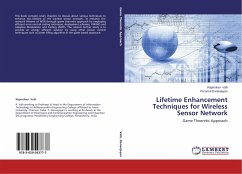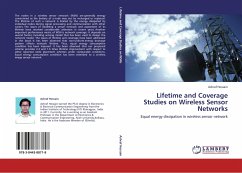Wireless Sensor Networks (WSNs) face significant energy efficiency challenges due to the high power consumption of cluster heads (CHs) near the base station, leading to rapid energy depletion and network partitioning. To address this, this study proposes a ring-based clustering technique with optimized CH selection and an adaptive routing protocol to balance energy distribution, extend network lifetime, and improve packet delivery rates. By dividing the network into concentric rings of varying widths and employing a hybrid communication approach, the method reduces energy drain on nodes near the base station. Simulation results demonstrate superior performance over existing approaches, with longer network longevity and higher efficiency. Future work may explore fuzzy-based CH selection and enhanced inter-cluster data transmission for further optimization.
Bitte wählen Sie Ihr Anliegen aus.
Rechnungen
Retourenschein anfordern
Bestellstatus
Storno

